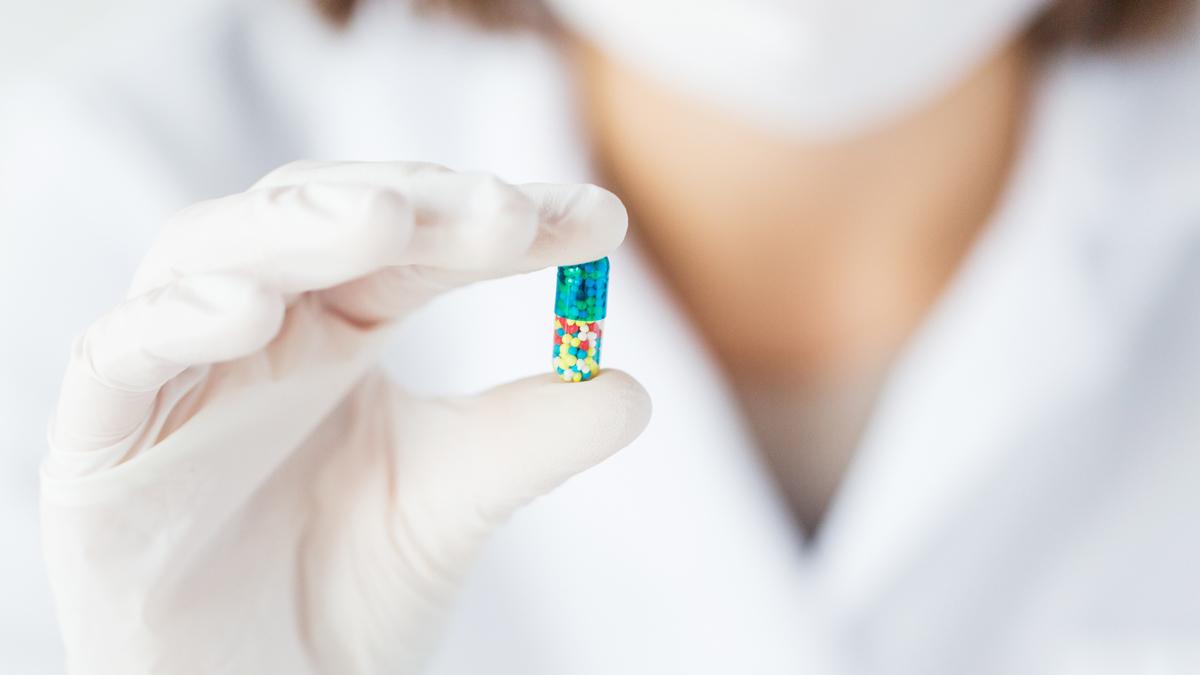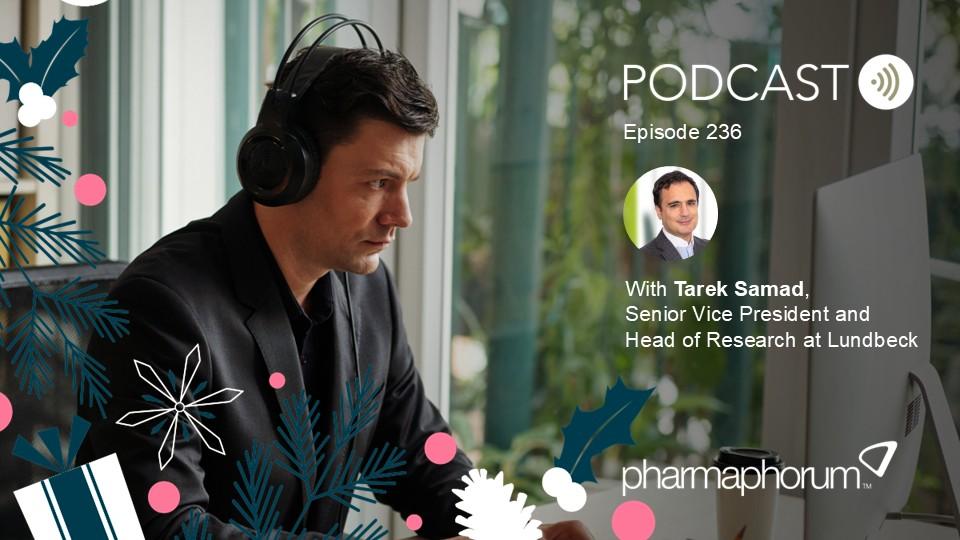PM Society’s ‘Securing Market Access to Medicines for England, Ireland, Scotland & Wales’ – part one

On Tuesday afternoon, 23rd May, pharmaphorum headed over to The Royal Society of Medicine to learn more about how the pharmaceutical industry goes about securing market access to medicines within the United Kingdom and Ireland. This first part in a series looking back at the afternoon focuses on the role of artificial intelligence in that process, as explained by Dr Andree Bates, chairman of the board, founder, and CEO of Eularis.
Carwyn Jones, a director of the PM Society and chief commercial officer of ZPB Associates, gave the welcome address. Now over 40 years old, a lot has changed for the PM Society, as those who have been in the industry for a few years might realise (it’s not just a case of January awards now). Indeed, a video served to remind the audience of developments since 1977. The largest professional network in the pharmaceutical industry, the PM Society, believes that excellent healthcare communications leads to better outcomes for patients.
Making things happen by making things happen
As Jones put it, “driving initiatives, getting stuff done, doing cool stuff” - itabout driving standards, doing interesting things, and holding events that people actually want to attend. To follow Jones was Esther Nzenza, founder and CEO of Decisive Consulting Ltd., who noted that this was the first “market access type meeting” to have been held since COVID. Having been in the industry for 24 years prior to her role at Decisive, Nzenza ran through the MAIG aims and objectives. Joined on stage by Brenda Dooley, chief executive officer at AXIS Healthcare Consulting Ltd., the two – co-chairs of the Market Access interest group – described how “making things happen by making things happen” is the way forward, Nzenza telling of how the space itself is moving and evolving “really quickly”. Therefore, community is key for enabling even greater science.
Dooley added that she felt they might come across a little bit like a “female Ant and Dec show” during the afternoon, but even if so, they were a duo thrilled to be able to be involved in the event. She went on to thank the speakers and panellists for giving of their time to the afternoon.
Artificial intelligence in pharma
The first presentation of the afternoon was given by Dr Andree Bates, who discussed artificial intelligence (AI) use in the industry. One of the “smartest, sharpest people” Nzenza said she had ever had the pleasure of getting to know, Bates took to the stage and explained how she had spent 30 years in pharma - though she did do AI in her PhD - and she then spent 20 years in pharma AI specifically. In short, she knows her stuff. And, it goes without saying, Bates said, that she would at some point have to mention ChatGPT.
Beginning with a video, Bates noted that what it showed was not science fiction, but already used in pharma today: AMELIA, the digital human. From automation to IT support, and now in conversational AI - to save the boredom of a human employee, AMELIA can perform mundane tasks thousands of times at once, no matter the volume. Indeed, AMELIA lets human co-workers concentrate on the important stuff, Bates said, and she had found AMELIA to be the best of the options available.
Whatever you can train a human to do, you can train a digital human to do, Bates explained. AMELIA speaks 147 languages and was hired by Bank of America for customer service roles. Her memory is extraordinary, Bates said. AMELIA remembers every conversation: if someone says, ‘I’m going to see my grandson’s recital tomorrow,’ then, three months later, AMELIA will ask how that recital went. She can also reason and do things she wasn’t programmed for. “It’s a little bit scary,” Bates admitted, “but you can put guardrails around.”
The place of and precautions for AI in pharma
So, what is AI? A simple way to explain it is as a way for computers to ingest info or data in any form – numbers, images, audio – to then synthesise and analyse and make predictions and do tasks, Bates explained. The name is from machine learning – subtypes like Natural Language Processing (NLP), artificial neural networks, deep learning, generative AI, large language models (LLMs) and, of course, ChatGPT. The more data that comes into the system, the more accurate the system becomes, Bates said, but you have to be careful about the data you use. For example, she said, even the British Army and Amazon have experienced miserable failures due to the data inputted.
ChatGPT, an LLM, is a “subtype of a subtype of a subtype,” Bates noted. Generative AI was invented in 2014 by a British scientist for the purpose of algorithm work, distinguishing between real data and fake data made from the real data, which had uses such as identifying fake news. However, it has become so good that it’s very useful in pharma now, and Bates sees multiple possible applications. Bates has her reservations about OpenAI’s version of GPT (ChatGPT), due to major compliance issues in using it in pharma. As ChatGPT is not private, what is put in can come out in someone else’s ChatGPT, she explained, so “never put any confidential information in it” as it can be “very dangerous”. Bates cited the recent proprietary code security breach at Samsung as one example.
AI throughout the value chain
All GPT models are a form of generative AI, Bates explained, whether text, audio, visual, or video. Used in pharma for about six years for synthetic data, Bates believes this is where the industry will go due to privacy and data privacy concerns: “If you’re making synthetic data, it’s not real people.” Given that AI requires data, privacy concerns are very real, and it also goes without saying that pharma needs to be compliant with regulations. However, privacy laws are changing, Bates noted, and AI can be used throughout the value chain in pharma: firstly, in the Medical Affairs area, can intelligently survey the medical literature and summarise key insights which has been found to increase productivity by around 1,000% (really); secondly, for automated pharmacovigilance and AE reporting, AI permitting a streamlined, intelligently automated process; and thirdly, patient identification for rare cancers.
On this last point, Bates told how for a particular type of rare cancer that the client drug targeted, the patient would usually die at second-line and the struggle was finding third-line patients, a veritable “needle in a haystack”. Creating an algorithm to predict who out of currently alive second-line patients might live to third-line was utilised to identify the physicians who had target patients who had the highest probability of surviving to third-line. This enabled precision targeting of the relevant oncologists and a successful drug launch.
Channelling her discussion down to the focus of market access, however, Bates explained how AI can augment market access in pharma by optimising value pricing, permitting faster reimbursement, integrating faster insights and automating the creation of dossiers. Indeed, the “old-fashioned way” of value pricing is, Bates said, “enormous, a huge task” and one that requires more data than humans can actually analyse. Yet, with AI, one can have access to all the data within 24 hours of update.
The future of AI in pharma
There is, after all, always data involved. And now everything is becoming hyper-automated: AI is used in chip-enabled pills, and devices and there is so much more IOB (Internet of Body). This includes “the guy with a neural chip for four or five or six years now” who was previously completely paralysed and can now communicate (referencing the internet of the body). Furthermore, Bates is fascinated by digital twins, which would mean no more humans in clinical trials, and envisages this as being a reality in the next 10 years or so: “One day, every single person will have a digital twin,” she said. So, things are starting to change, but the relationship with AI will be “symbiotic and augmenting of humans”, Bates noted. Additionally, pharma needs to be careful of “shiny object syndrome” and focus on its business needs first, before deciding on the right technology for that purpose.











